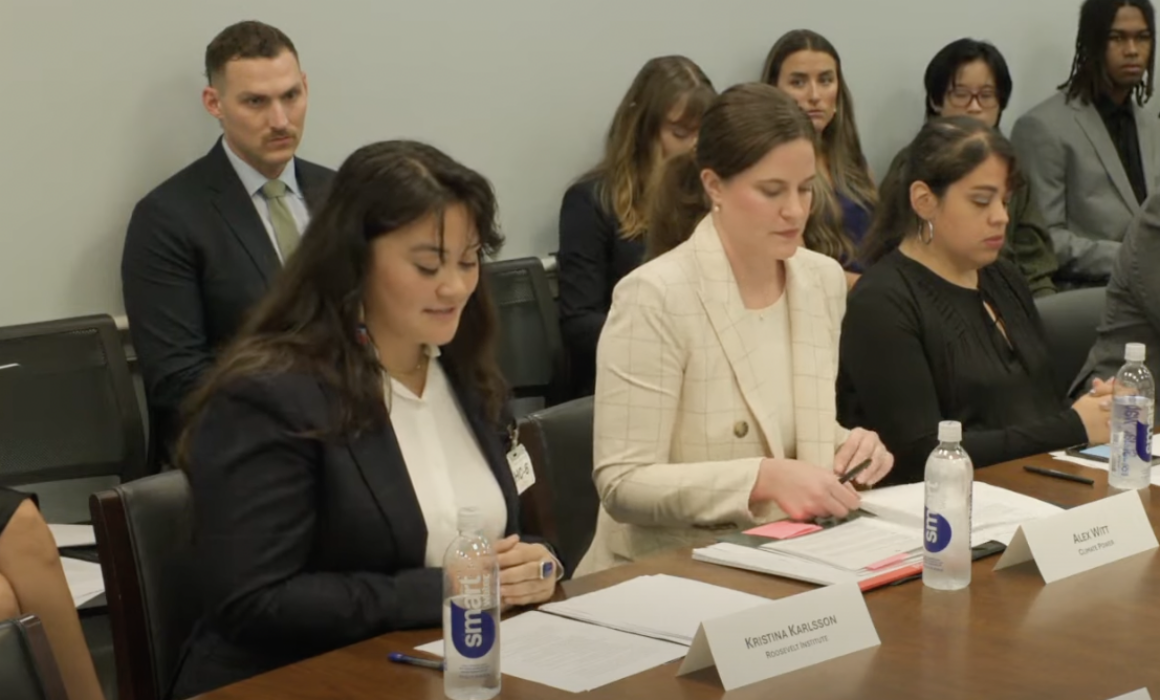Testimony of Kristina Karlsson before the House Committee on Natural Resources: “Holding Big Oil Accountable for Extortion, Collusion, and Pollution”
September 18, 2024
By Kristina Karlsson
Below is an excerpt from Kristina Karlsson’s testimony before the House Committee on Natural Resources on September 18, 2024.
My testimony today will focus on the ways that the structure and behaviors of oil and gas companies create risk for the macroeconomy with few, if any, commensurate public benefits.
The US produces more oil than any other country on earth, but oil and gas firms—subsidized by taxpayers—are not delivering on their promise of providing stable and cheap domestic energy. In June of 2022, inflation peaked at 9.1 percent. One-third of that came from energy prices,1 with gasoline prices contributing the lion’s share. To add insult to injury, the Federal Trade Commission (FTC) alleged in a complaint related to Exxon Mobil Corporation’s acquisition of Pioneer Natural Resources Company that Pioneer’s CEO had attempted to collude with the Organization of Petroleum Exporting Countries (OPEC) to keep oil prices high.
Pioneer and other big oil firms behaved like many other large corporations during the last several years—they exercised their market power to take advantage of rising inflation by increasing their prices beyond necessary adjustments to account for input costs or supply shortages. Across the economy, firms engaged in beyond-cost pricing that exacerbated inflation. My Roosevelt colleagues found that, in general, corporations with outsized market power increased their markups over input costs to 76 percent in 2021, a sharp increase from an average of 56 percent throughout the 2010s.2 Further, corporate profits accounted for approximately 35 percent of price inflation between 2022 and 2024, nearly three times the average over the previous three decades.3 Even as labor and nonlabor input costs have come down as of late, corporations are keeping prices high and taking home the difference. This behavior is a product of several factors, including: 1) increasing consolidation in a high number of sectors, giving rise to an oligopolistic structure in which firms have power to set prices beyond their costs; and 2) perverse advantages and incentives in the tax code.

